Every display is subjected to a lot of wear and tear. And this is not only the case with mobile phones, but also with cameras. Often these are expensive devices and protection must be provided to ensure longevity. A photo camera is exposed to high stress, especially when used outdoors. Many functions are used, the devices are transported, stowed away and put down. It is not uncommon for the screen to suffer damage. To prevent this, protection can take many different forms.
The cheapest option is a protective film. However, these have the disadvantage that they can be easily damaged. All it takes is a sharp object. It is also more difficult to operate many of the camera's functions if your camera has a touchscreen. The lifespan of protective film is limited - but fortunately there are more durable solutions.
Optical glass, for example, is a better screen protector. Here you have better protection than with the film. The basic material is glass. The positive aspect here is that there are no protruding edges and unsightly borders. The light transmission is also much higher than with the film. There are also no restrictions on camera operation.
The thickness of the glass is only 0.3 mm and consists of several optimally combined layers. First, there is a fine cleaning layer. Then comes the 0.3 mm thick glass layer. This is followed by the frame layer and then there is the combination layer. The penultimate layer is a break-resistant layer. The final layer is an adhesive layer made of silicone. This screen protector has a light transmission of over 95 percent. If you have a camera with ambient light sensors, these adjust to the brightness of the display. It is also easy to attach to swivel displays.
In addition to the film, wet cleaning paper is also included in the delivery. This prepares the installation. First, wipe the display clean using the cleaning cloth. It is important that you clean the screen of all dirt. This is the only way for the screen protector to adhere optimally. Then pull the adhesive backing off the film so that the adhesive layer is revealed. Then position the film well on the display and press it firmly in place. If bubbles appear, use the cleaning cloth to pull the remaining air under the film outwards. Repeat this last step until the film is perfectly in place and there is no more air under it.
Photographers and interested people debate whether or not a screen protector is important. There are arguments on both sides: Some say it is absolutely necessary to do something to preserve the value of the camera. A scratch on the display inevitably leads to a loss of value. Even after a short time, traces of use can be found on the display.
So do I need a protective film for my screen or not? To make your decisions easy, let's list a few pros and cons. The undeniable pro argument is that the special coating will protect your camera from damage and therefore maintain its value for longer. When mounted correctly, the functions of the display are not impaired. But what is sometimes impaired is primarily the colour reproduction of the photos and the fact that glass film often reflects. So in backlit conditions, it becomes difficult to view photos on the small screen. In this case, the real end product can only be viewed on the computer.
The choice is yours - do you protect your camera or do you prefer correct colour reproduction? If you need further help in making your decision, we are here to help!
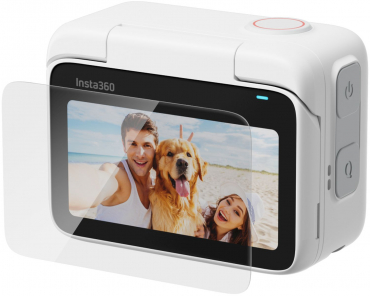
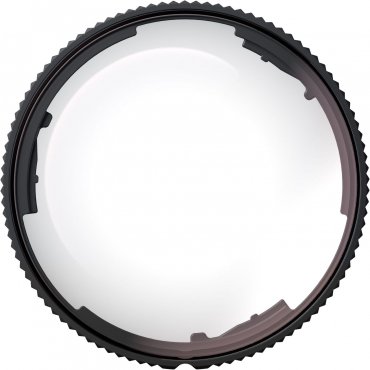
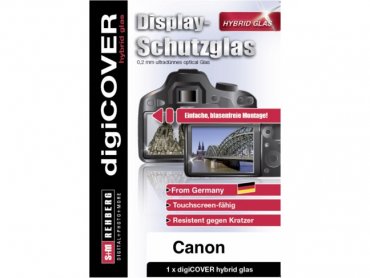
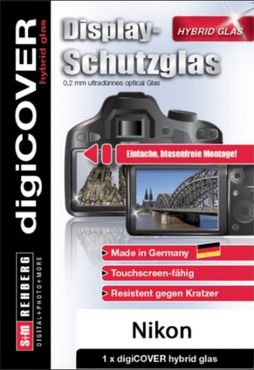


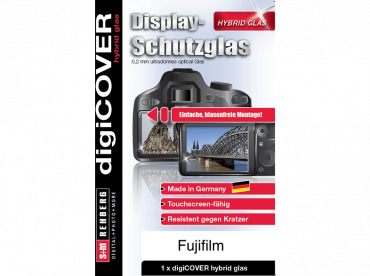

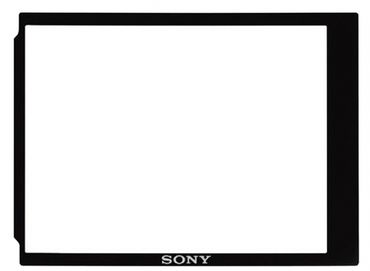
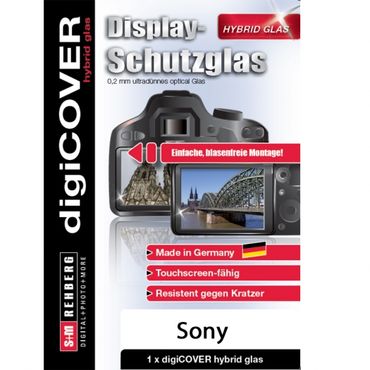
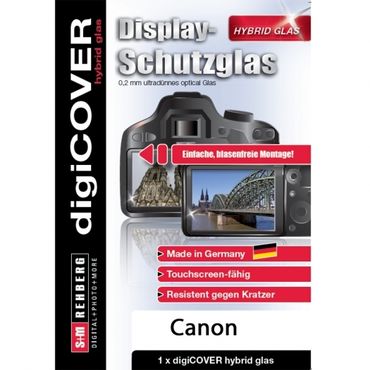
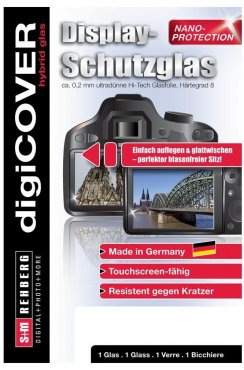
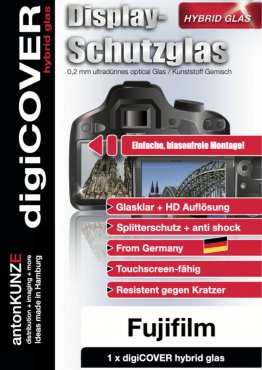
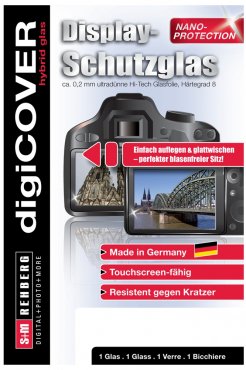
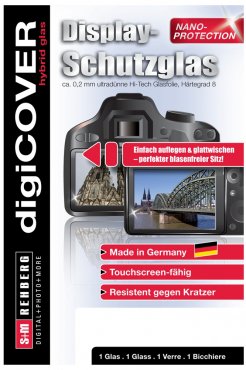
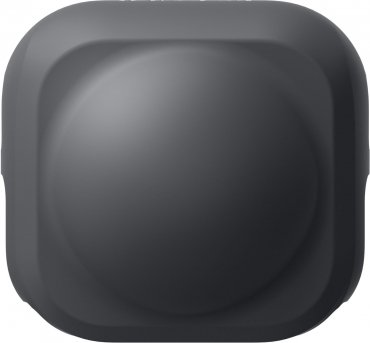
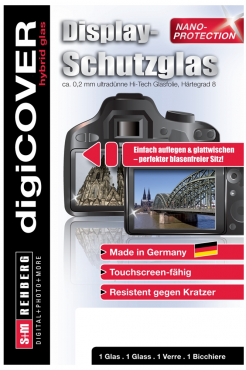
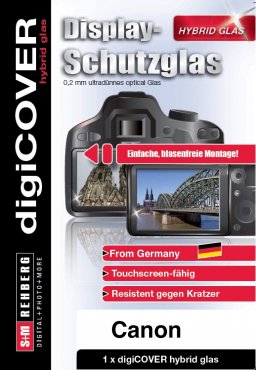

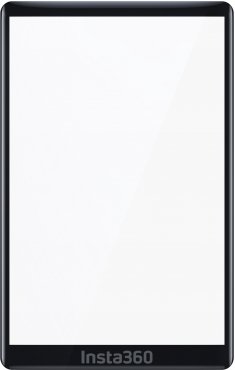

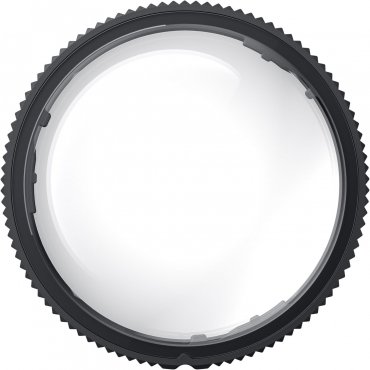
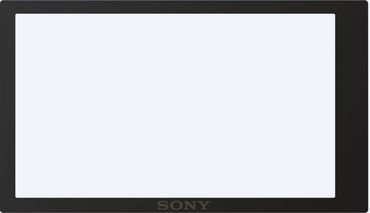









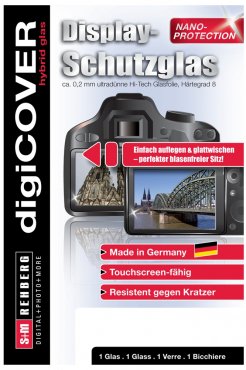
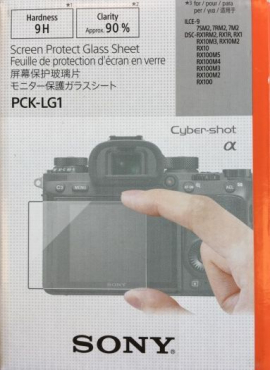

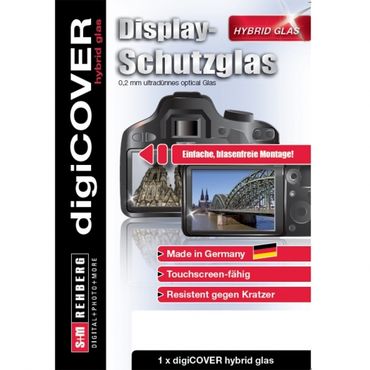
Simply subscribe and benefit as a newsletter recipient every week: